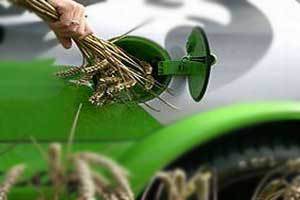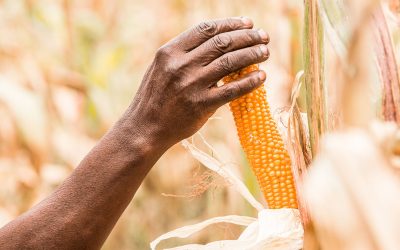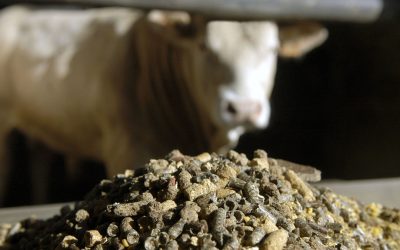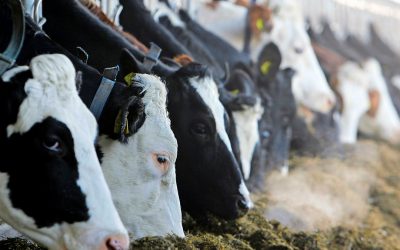Biofuels in South Africa – where do we stand

While many developing nations are looking at biofuel projects mainly as an alternative source of energy, South Africa in particular, also sees biofuel as a way to alleviate poverty and support socio-economic development.
Despite this, large scale biofuel production in South Africa has not materialised yet. There is still no workable biofuel project up and running, despite many policy statements, plans for projects, debates, workshops, etc. over the past couple of years. This caused South Africa’s large fuel suppliers to cancel or delay projects, although new manufacturing sites have been identified again in several areas within South Africa.
It is no surprise that South African biofuels continue to flounder in a morass of government inaction, lack of policy determination and the threat to food security. This despite the fact that South Africa is a net exporter of food, including maize and sugar, and the fact that some argue that South Africa has enough land to perhaps accommodate agricultural production for both food and fuel. Since Africa as a whole has the capability and resources to do so, it should not want to remain idle while the rest of the world grows hungry for alternative energy sources in a scenario where higher crude oil prices have come to stay.
A major constraint to the development of a viable biofuel industry in South Africa has been the controversial Biofuel Industrial Strategy. This Strategy has been approved in December2007 by the South African Government and has been driven predominantly to address issues of povertyby creating sustainable income-earning opportunities, stimulate rural development, and Black Economic Empowerment (BEE), thereby contributing to the government’s Accelerated Shared Growth Initiative.
The new Strategy recommended biofuel production from sources such as sugar cane, sugar beet, soybeans, canola and sunflower. The use of grain sorghum, instead of maize is also under discussion, which may result in a major boost of grain sorghum output. For grain sorghum and soybeans, a total tonnage of more than 500,000 and 2,500,000 is predicted to be required for the demand based on the proposed blending percentages of 2 and 5 % for bio-ethanol and bio-diesel respectively. At this stage South Africa’s Departments of Trade & Industry and Mineral & Energy seem little concerned about, or haven’t considered the large amount of by-products coming from such production as they have not made much effort to consult the feed industry with regards to the economic consequences on the off take of these by-products.
The new Strategy further caused strong reaction from agriculture and industry groups mainly because of the exclusion of maize as feedstock for ethanol production. The use of maize was excluded amid concerns over food security and fears of price increases. South Africa’s potential to produce maize surpluses in a fairly stagnant domestic market is well documented and an additional outlet for maize is welcomed. This is in contrast to oilseeds where there is a chronic shortfall necessitating imports exceeding the oilseed equivalent of more than a million tons a year.
Although the release of the latest draft blending rules may lead to a possible economic revival in the grain sorghum industry, prices will also rise where it is used to produce food and beverages. What makes it then different from using and rather planting more maize?
It was indicated that soybeans would be used in significant amounts as feedstock for biofuels production. There are doubts though that South Africa will see a huge increase in soybean production. South Africa is a plant oil and plant protein deficient country and has shown a long-term inability to economically produce sufficient oilseeds or to significantly expand production to meet overall local demand.
The production of sunflower is the main domestic source of plant protein due to agronomic conditions and oil preferences for human consumption. An important relationship also exists between the area planted under maize and the area planted under sunflowers due to the nature of their substitutability. Sunflowers tolerate the South African hot and dry climate and can be produced economically even when there is not enough moisture to produce most of the other summer crops.
Furthermore, the focus of the new Strategy is not on commercial farmers but more on previously disadvantaged communities and emerging farmers which includes a development phase. Where is the infrastructure in current identified areas where biofuel manufacturing is supposed to start soon and what is going to happen to the by-products?
In South Africa, the government is planning to place a quota and require that at least 25% of the feedstock used to fill the country’s upcoming ethanol and biodiesel blending mandate must be supplied by small-scale farmers. This could affect up to 28,800 small-scale farmers. For the biofuel blend, which will require an estimated 576,000 tonnes per annum, small-scale farmers will have to supply 144,000 tonnes from 57,600 ha. It raises questions though whether this is possible given current lack of infrastructure, farming knowledge, production efficiency, economic sized farming units, and general support structures of small-scale farming. Also, one questions whether there really is enough productive underutilised land to grow sufficient amounts of alternative crops and at the same time not effect staple food production and prices. Why not just plant more maize and put a quota limit to the use of maize for biofuel production based on the actual quantities harvested and staple food needs during a specific year? At least provide an additional outlet for excess maize and prevent it from unnecessary leaving the country.
The ‘food versus fuel’ debates of biofuels certainly raise questions about the future of staple food crops when biofuel production is a more lucrative prospect for farmers. There is no doubt that it will influence overall prices for South Africa’s staple food and should be debated to ensure the poor are not negatively affected. It is unfair though to disregard a sufficient outlet for maize to alleviate economic burdens that maize farmers had to deal with over many years. The more complex we make this and the more we politicize it the less chance we will have to ever see successful biofuel production and overall economic benefits in South Africa.











